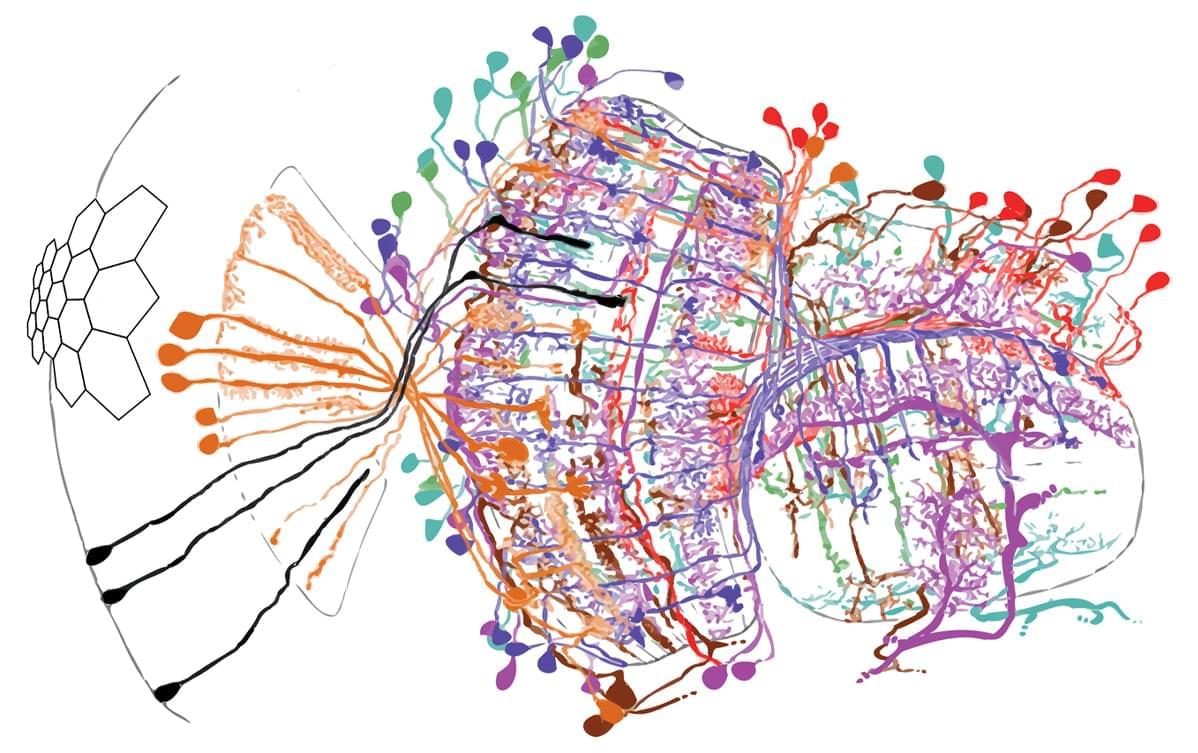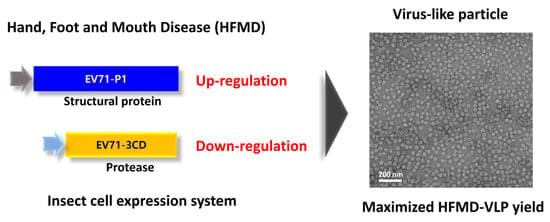Mark Howe (Graybiel Lab Alumni), Boston University.
“Probing Neuromodulator Signals for Learning and Action”
Talk was a part of the McGovern Institute’s 25th Anniversary Symposium.
Mark Howe (Graybiel Lab Alumni), Boston University.
“Probing Neuromodulator Signals for Learning and Action”
Talk was a part of the McGovern Institute’s 25th Anniversary Symposium.

The worlds of quantum mechanics and neural networks have collided in a new system that’s setting benchmarks for solving previously intractable optimization problems. A multi-university team led by Shantanu Chakrabartty at Washington University in St. Louis has introduced NeuroSA, a neuromorphic architecture that leverages quantum tunneling mechanisms to reliably discover optimal solutions to complex mathematical puzzles.
Published March 31 in Nature Communications, NeuroSA represents a significant leap forward in optimization technology with immediate applications ranging from logistics to drug development. While typical neural systems often get trapped in suboptimal solutions, NeuroSA offers something remarkable: a mathematical guarantee of finding the absolute best answer if given sufficient time.
“We’re looking for ways to solve problems better than computers modeled on human learning have done before,” said Chakrabartty, the Clifford W. Murphy Professor and vice dean for research at WashU. “NeuroSA is designed to solve the ‘discovery’ problem, the hardest problem in machine learning, where the goal is to discover new and unknown solutions.”




This study was conducted to efficiently produce virus-like particles (VLPs) of enterovirus 71 (EV71), a causative virus of hand, foot, and mouth disease (HFMD). The expression level of the P1 precursor, a structural protein of EV71, was modified to increase VLP production, and the optimal expression level and duration of the 3CD protein for P1 cleavage were determined. The expression level and duration of 3CD were controlled by the p10 promoter, which was weakened by repeated burst sequence (BS) applications, as well as the OpIE2 promoter, which was weakened by the insertion of random untranslated region sequences of various lengths. The cleavage and production efficiency of the P1 precursor were compared based on the expression time and level of 3CD, revealing that the p10-BS5 promoter with four repeated BSs was the most effective. When P1 and 3CD were expressed using the hyperexpression vector and the p10-BS5 promoter, high levels of structural protein production and normal HFMD-VLP formation were observed, respectively. This study suggests that the production efficiency of HFMD-VLPs can be significantly enhanced by increasing the expression of the P1 precursor and controlling the amount and duration of 3CD expression.

Researchers at the University of Minnesota have completed a first-in-human clinical trial testing a CRISPR/Cas9 gene-editing technique to help the immune system fight advanced gastrointestinal (GI) cancers. The results, recently published in The Lancet Oncology, show encouraging signs of the safety and potential effectiveness of the treatment.
“Despite many advances in understanding the genomic drivers and other factors causing cancer, with few exceptions, stage IV colorectal cancer remains a largely incurable disease,” said Emil Lou, MD, Ph.D., a gastrointestinal oncologist with the University of Minnesota Medical School, Masonic Cancer Center and M Health Fairview, and clinical principal investigator for the trial. “This trial brings a new approach from our research labs into the clinic and shows potential for improving outcomes in patients with late-stage disease.”
In the study, researchers used CRISPR/Cas9 gene-editing to modify a type of immune cell called tumor-infiltrating lymphocytes (TILs). By deactivating a gene called CISH, the researchers found that modified TILs were better able to recognize and attack cancer cells.

